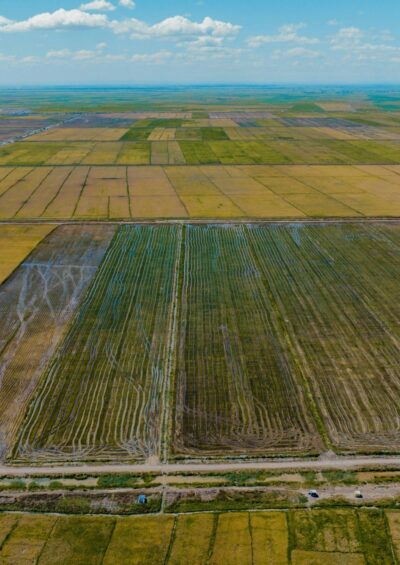Publications
Share


Peer-reviewed Papers
This study in Nature show that definitions of net zero now in widespread use will not actually stop global warming. The paper demonstrates that relying on natural carbon sinks, such as in forests or oceans, to 'offset' ongoing fossil fuel emissions will lead to continued warming.

Reports
Northern forests are critical in the race to net zero CO₂ by mid-century. Protecting and restoring these forests, alongside steep and rapid reductions in fossil fuel emissions, is essential both to mitigating emissions and to supporting forest ecosystem services and biodiversity.

Working Papers
New study finds the devastating floods in Nepal late September were exacerbated by rapid urbanisation and climate change. The analysis found the relentless rain, which fell on saturated ground in the late monsoon, was made at least 10% heavier and 70% more likely by climate change.

Peer-reviewed Papers
Seasonal forecasting of atmospheric parameters is important in various fields including agriculture. This study tests how machine learning can complement dynamic models using Tanzanian seasonal forecasts and finds this process uses far less computational power.

Peer-reviewed Papers
Even if it is possible to reverse the rise of global temperatures after a temporary overshoot of 1.5°C, some climate damages triggered at peak warming, including rising sea levels, will be irreversible, according to a new study published today in Nature.

Briefings
With international efforts on climate action still not on track to limit warming to 1.5°C, technological fixes that aim to intentionally alter the Earth’s climate, such as solar geoengineering, might seem like appealing options for tackling global warming. But they come with questions in terms of feasibility, impacts and risks, governance and geopolitics, and who may or may not benefit.